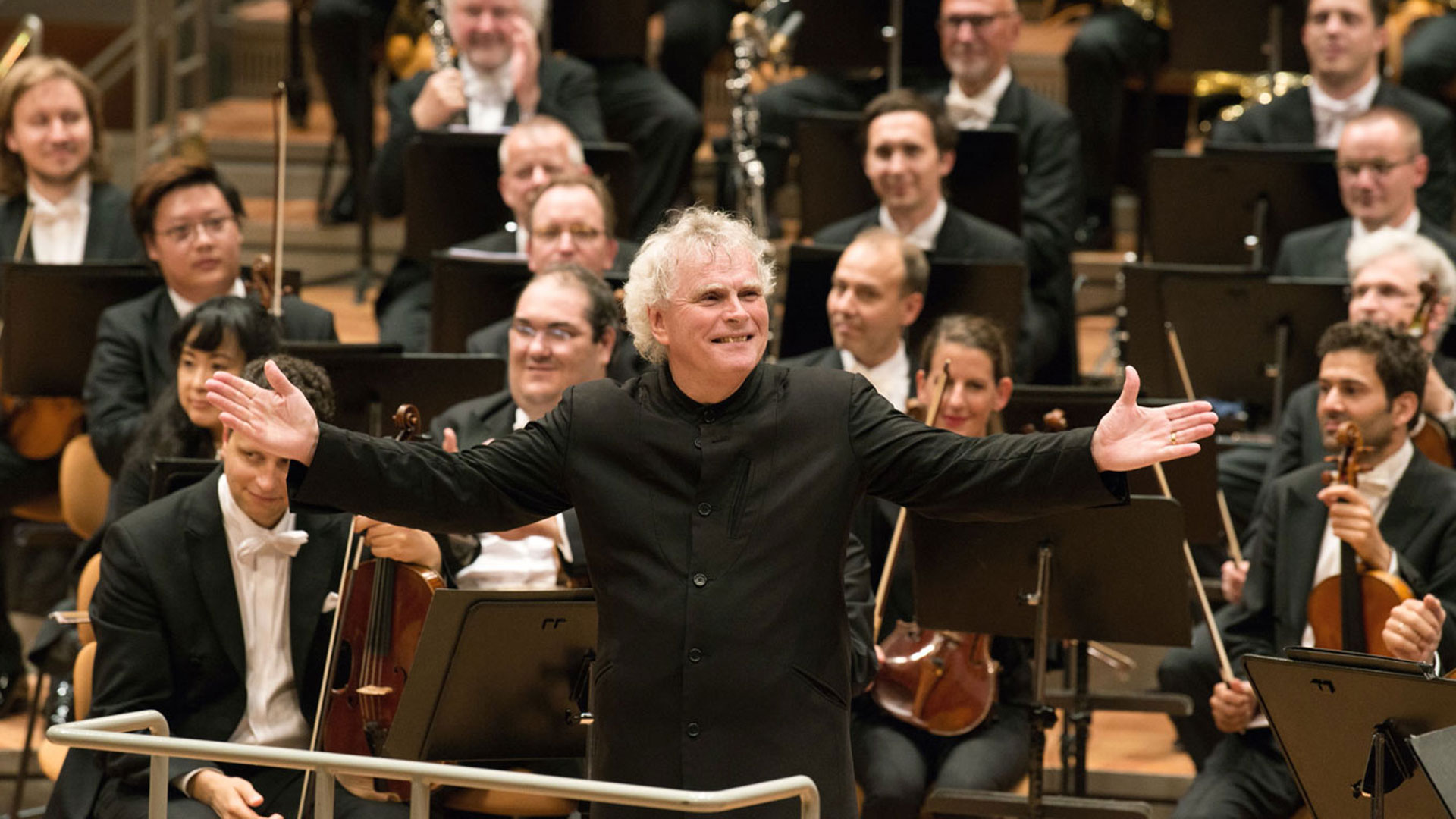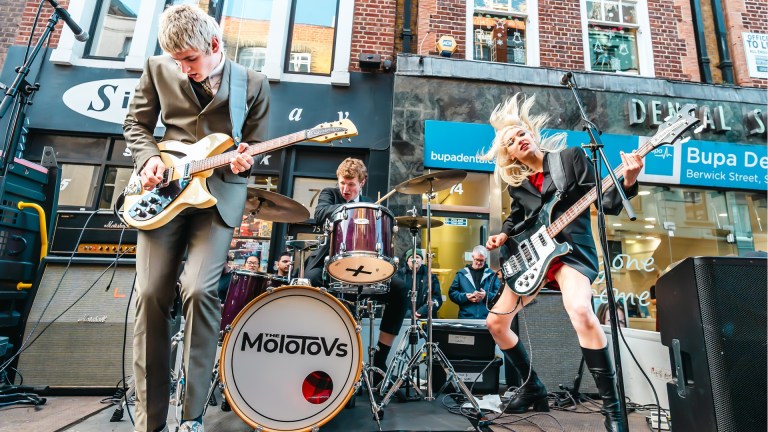‘Conductor leaves orchestra’ is not usually a hold-the-front-page news story – except, of course, when the conductor is Sir Simon Rattle, and the orchestra is the London Symphony Orchestra (LSO). Britain’s best-known baton wielder has just announced that he is to leave the LSO in 2023 to take up a position with the Bavarian Radio Symphony Orchestra in Munich.
Lockdowns have taken income away from hundreds of Big Issue sellers. Support The Big Issue and our vendors by signing up for a subscription.
Much was made of Rattle’s return to the UK in 2017, following a lengthy stint leading the Berlin Philharmonic. Rattle’s homecoming was accompanied by controversial support for a new concert hall in London. (The conductor reportedly said of the Royal Festival Hall, “The will to live slips away in the first half-hour of rehearsal.”)
The LSO’s home at the Barbican is a brutalist rabbit warren with a relatively clean acoustic but, like the Royal Festival Hall, its distinctive architectural design hasn’t aged well. Initially championed by former UK Chancellor George Osborne, plans for a new multimillion-pound 17-storey music centre – with accessible open foyer – were unveiled in 2019.
As the music world grapples with the continued complications caused by Brexit, and the ongoing struggles of the pandemic, the idea of building a new concert hall in London right now – even through private donations – seems laughable. The Guardian’s chief culture writer Charlotte Higgins wrote that “the plan always exemplified the capital’s dislocation from the rest of the UK. It looked decadent to an austerity-hit world beyond the M25, rather like the way that Crossrail looks enraging to anyone attempting to commute by train to more or less any other British city”.
Adding salt to the wound, Rattle revealed that he has also applied for German citizenship
Much as I would enjoy the odd visit to a sparkling venue in the heart of ‘The City’, is it really acceptable to build an elite hall when thousands of musicians around the country have lost their livelihoods? And, will there be anyone left to visit the architect’s intended ‘education pods’ – glazed rooms where school children are imagined to look in on rehearsals – if music education continues to be marginalised?









